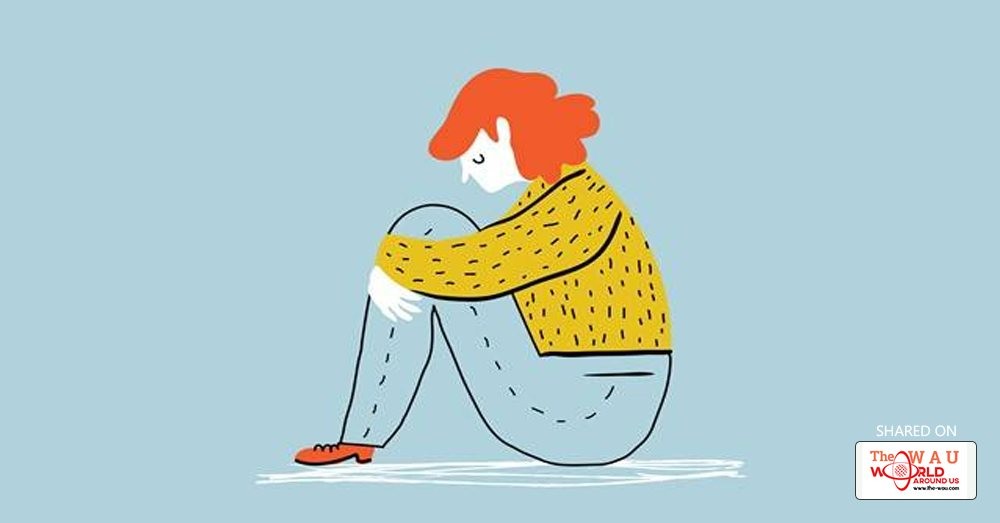Discussing mental health is something that is still considered taboo in Indian society. More often people suffering from illness such as depression are forced to handle it themselves.
On the other hand, a significant portion of people who did seek medical help ends up struggling for long term cure. This is due to the lack of objective diagnosis in case of mental illness like depression. "Objective lab tests can physically confirm heart disease or cancer, but psychiatric conditions are classified somewhat vaguely as clusters of reported symptoms", says Esther Landhuis writing for Scientific American.
However, recent technological leap in modern neuroscience has resulted in the use of techniques such as brain imaging and machine learning in studies. A recent ground-breaking research conducted under Dr. Conor Liston of Cornell University found out that patients with depression can be categorized into four unique subtypes defined by distinct patterns of abnormal connectivity in the brain.
According to Liston, doctors consider someone clinically depressed if they say they have low mood and meet at least four additional criteria from a list of nine. Yet, the symptoms depression itself can vary from person to person. "One might be putting on pounds and sleeping much of the time whereas another might be losing weight, feeling anxious and finding it difficult to sit still", adds Liston . "The fact that we lump people together like this has been a big obstacle in understanding the neurobiology of depression," Liston explains.
The study published in Nature Medicine , Liston and collaborators identified biomarkers in depression by analyzing more than 1,100 functional magnetic resonance imaging brain scans of people with clinical depression. "Depression is typically diagnosed based on things that we are experiencing, but as in election polling, the results you get depend a lot on the way you ask the question," adds Liston, but "brain scans are objective."
The research concluded that distinct patterns of abnormal functional connectivity in the brain differentiated the four biotypes and were linked with specific symptoms. These four types are :
Biotype 1 : This type of depression is characterized by anxiety. Additionally, insomnia and fatigue are key symptoms.
Biotype 2 : If you know someone who is always 'lazy' and depressed, then they probably have Biotype 2 depression. Exhaustion and low energy are the main characteristics of this type of depression.
Biotype 3 : The third biotype of depression is characterized by an inability to feel pleasure as well as slowed movements and speech.
Biotype 4 : When it comes Biotype 4, there are a lot of similarities with the first biotype as it is also characterized by anxiety and insomnia. But, another key symptom of this type, that differentiate it from the Biotype 1, is the inability to feel pleasure.
It is now possible that these biomarkers can help doctors to better diagnose depression subtypes and provide effective targeted treatment.
Share This Post















